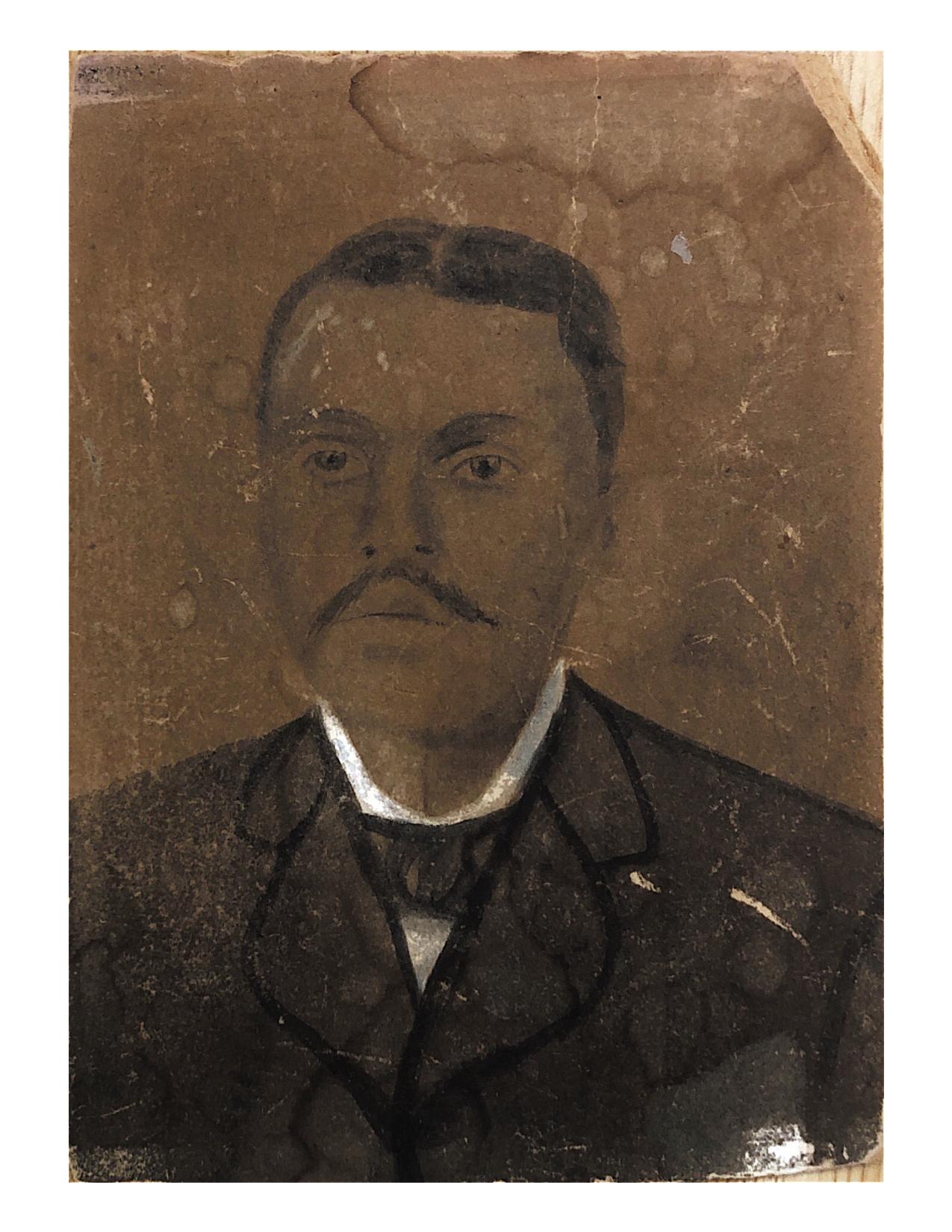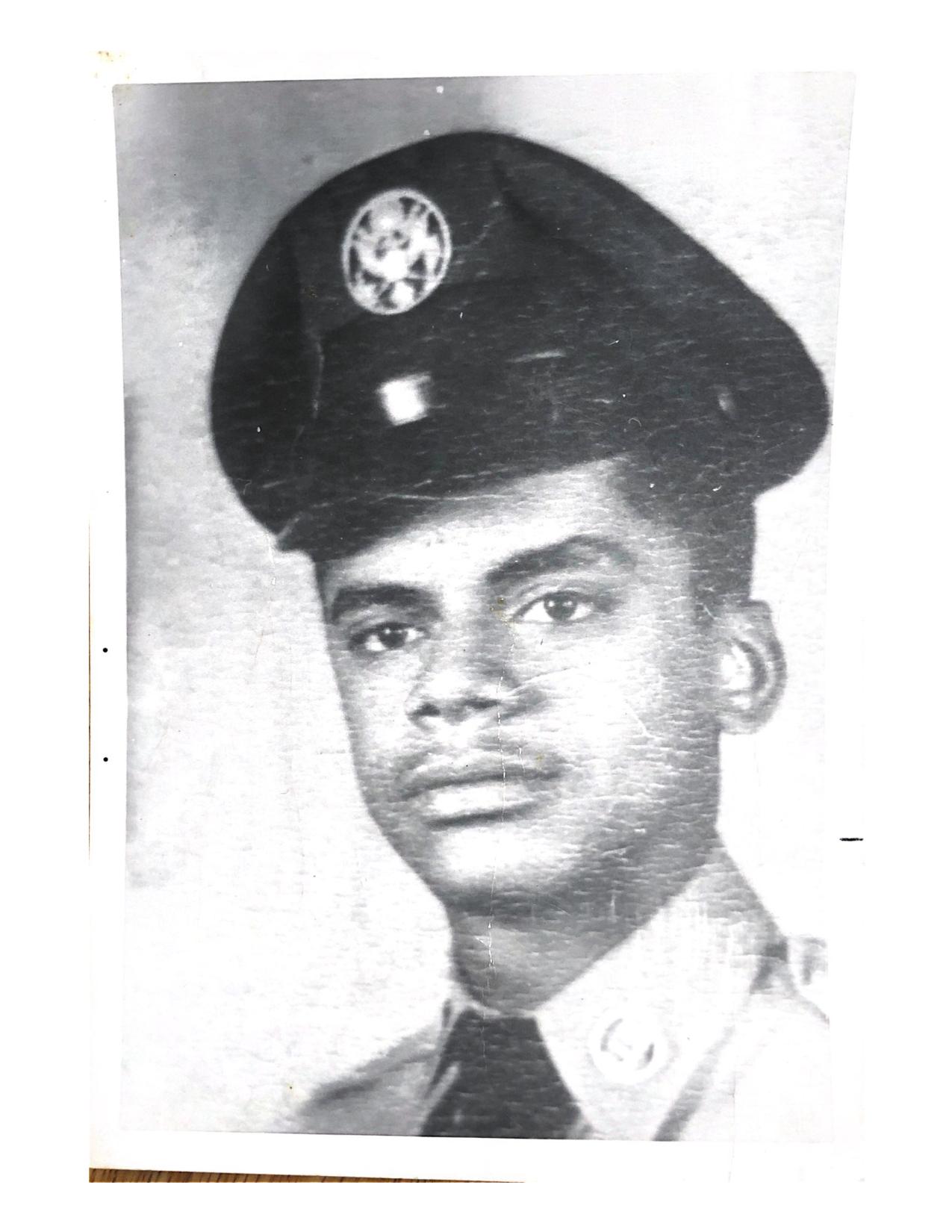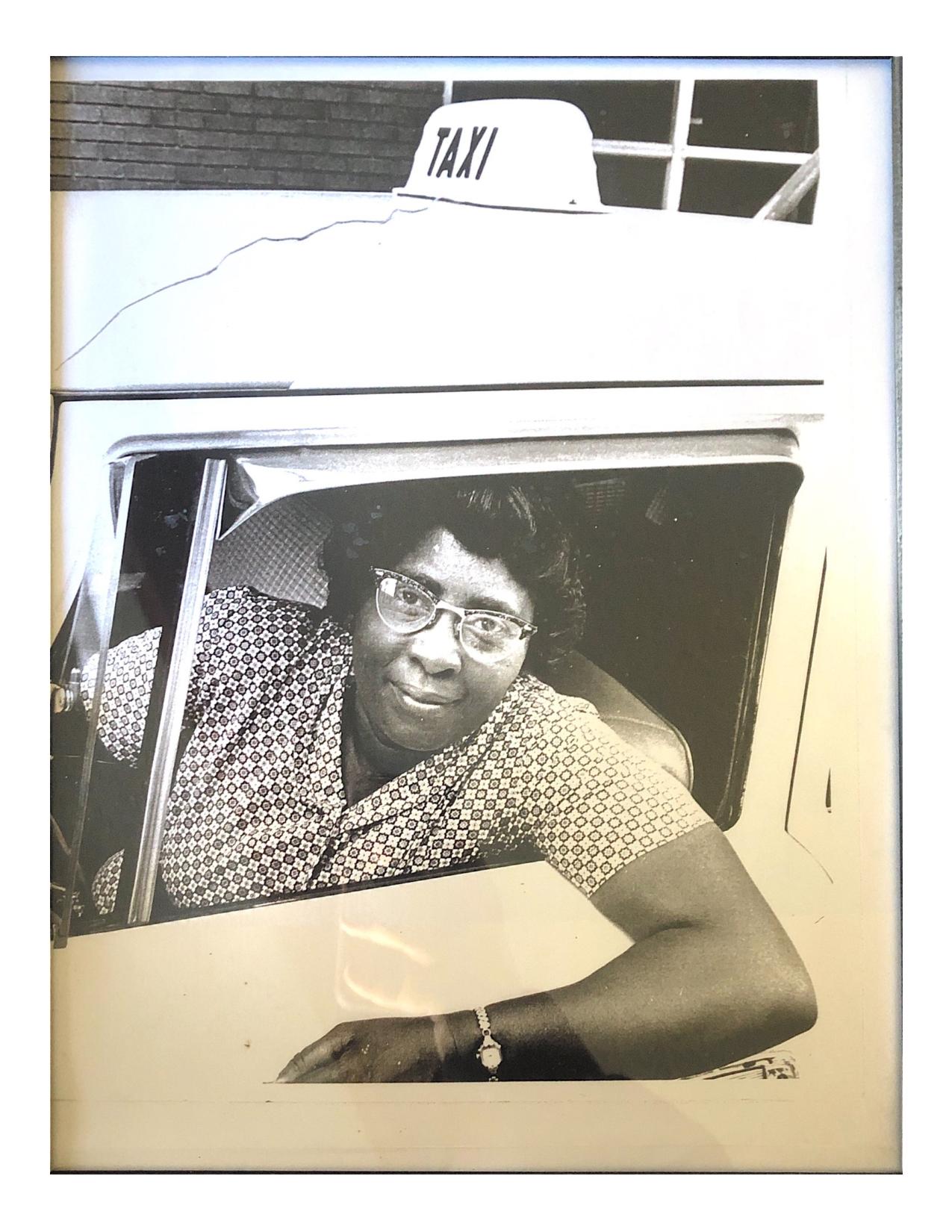Black History in Edgecombe County
The history of Edgecombe County is a long one that goes all the way back to 1741.
Edgecombe County has a reputation of being the resting place of Revolutionary War generals like George Washington or the birthplace of legendary athletes and musicians.
But not many people know about the remarkable African Americans from Edgecombe County who fought for change and worked hard to make a difference in the world. One of those people was Jordan H. Dancy. Dancy was one of the first African Americans to be elected to the North Carolina House of Representatives in 1896. He represented the Tarboro District in the legislature for two years before the Wilmington Race Riots disenfranchised African Americans.
One of those people was Jordan H. Dancy. Dancy was one of the first African Americans to be elected to the North Carolina House of Representatives in 1896. He represented the Tarboro District in the legislature for two years before the Wilmington Race Riots disenfranchised African Americans.
His granddaughter, Mittie Miller, said that he was born into slavery in 1860 and emancipated at five-years-old after the Emancipation Proclamation was ratified in December of 1865.
“He didn’t like the way that blacks were being treated and he wanted to do something about it,” Miller said. “That’s what made him go into politics and to study law.”
Dancy studied law at Shaw University, North Carolina’s oldest HBCU. After the Wilmington Race Riots ended his career in politics, Dancy went to St. Augustine’s College to study ministry.
Over the course of his lifetime, Dancy was not only a politician but also a single father, brick mason, minister, teacher, and founder of the Union Baptist Church in Tarboro.
“I do remember my mom and her sister saying that he used to go from Tarboro to Raleigh for the legislative sessions on horse and buggy,” Miller said.
Dancy’s outstanding legacy came to an end when he passed away on April 21, 1934, at the age of 75. However, his descendants went on to achieve remarkable things, too. Gordon Fletcher Bullock, Dancy’s grandson and Miller’s brother, went on to become one of the first black engineers at NASA in 1962.
Gordon Fletcher Bullock, Dancy’s grandson and Miller’s brother, went on to become one of the first black engineers at NASA in 1962.
“He finished at W.A. Patillo High School [in Tarboro], went into the air force, stayed there for four years, and when he got out, he went to North Carolina A&T University and he majored in electrical engineering,” said Miller.
After landing his job with NASA, Bullock went to work at the NASA Langley Research Center in Hampton, Virginia. There, he made a big impact on the space industry and even helped engineer items to be sent on space shuttle missions.
“You may have heard of the movie ‘Hidden Figures,’” Miller said. “He worked with those women, Catherine Johnson and all of them. They worked at the same place. The women were mathematicians, and my brother was an engineer.”
Even after he retired from NASA after 37 years, Bullock enjoyed encouraging children in their love of science when he volunteered as a science fair judge in the Newport News School Division and as a tour guide in The Virginia Air and Space Museum.
Bullock passed away in 2001 from lung cancer. Another resident of Edgecombe County, Quessie Johnson, made history when she became the first female cab driver in Rocky Mount. She worked for United Cab Company.
Another resident of Edgecombe County, Quessie Johnson, made history when she became the first female cab driver in Rocky Mount. She worked for United Cab Company.
Miss Quessie, as she liked to be called, was a driver for 14 years, from 1954 to 1968.
Her daughter, Gracie Smith, said, “She always wanted to drive a truck, a big rig. She knew the manager of the taxi company and was able to get a job driving a taxi instead.”
Despite working during segregation, Miss Quessie had passengers of every race.
“Her white passengers loved her,” Smith said. “She didn’t see color. She had a big heart and loved people, and people felt the same way about her. She was very loving.”
Miss Quessie passed away in 2007.
Someone else who made a huge impact on the African American community in Edgecombe County was Dr. Milton D. Quigless. Dr. Quigless came to Edgecombe County in 1936 to start his medical practice.
At the time, things were still highly segregated and African Americans had separate businesses, pharmacists, and even doctors. Not to mention, the last African American doctor in Edgecombe County had died a few years prior to Dr. Quigless’ arrival and his patients had gone for years without someone to treat them.
In an interview from 1996, Dr. Quigless remembered that, before his arrival, those patients were “dying like flies out in the county.”
Trying to establish his medical practice, Dr. Quigless would diagnose, treat, and even operate on his patients out in the county for over 10 years before he was able to open his clinic in 1947.
The Quigless Clinic had 25 beds that were filled with patients by the end of its first week of operation. It was there that Dr. Quigless did everything from setting broken bones to removing appendixes to delivering babies.
The Quigless Clinic closed its doors in 1975 when the county hospital that once turned Dr. Quigless away lacked funds and finally decided to offer him a position. Dr. Quigless continued to see some of his patients well into his nineties. He passed away in 1997 at the age of 93.
These are just a handful of the countless African Americans from Edgecombe County who made a huge impact on the community, as well as the world.
To learn more about the rich African American history of Edgecombe County, we invite you to visit some the county’s historic sites at museums.
Visit the Quigless Clinic in Tarboro which is now a historical site that stands as a testament of Dr. Quigless’ hard work and determination.
There is also the Franklinton Center at Bricks in Whitakers, a former slave plantation which became one of the first accredited schools for African Americans in the south. Today, it serves as a conference, retreat, and educational facility focusing on justice, advocacy, and leadership development.
Finally, the Princeville Museum provides an in-depth history of the oldest town incorporated by African Americans in the United States. The museum, which is now mobile, used to sit inside the restored Princeville Grade School building and tells the rich history of the town’s founder, former slave Turner Prince, and the town’s incorporation in 1885.
